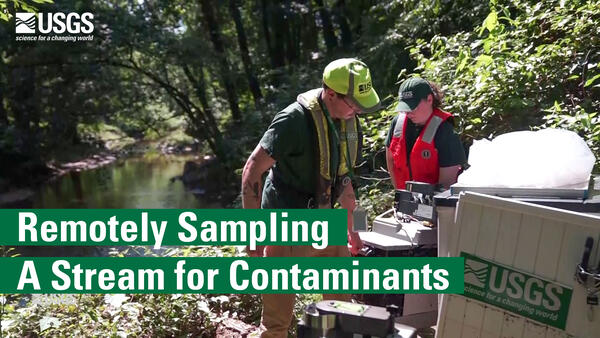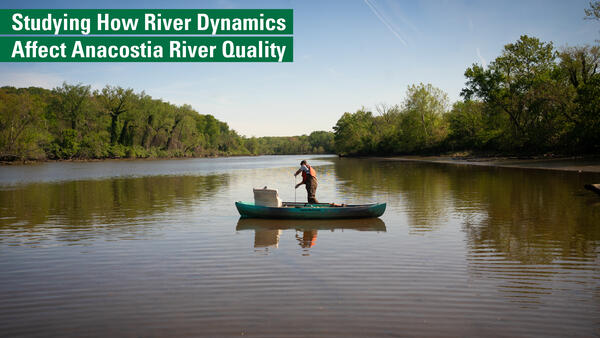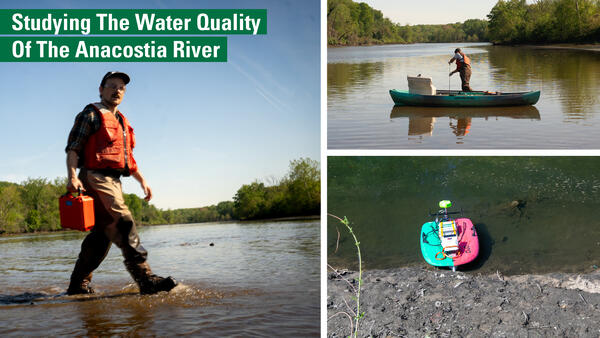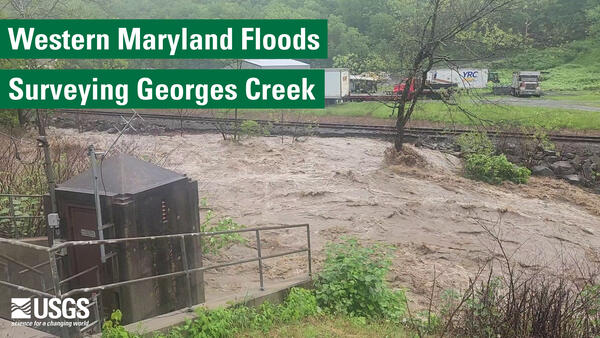USGS On the Road - Remotely Sampling a Stream for Contaminants
USGS On the Road - Remotely Sampling a Stream for ContaminantsTyler and Laura as they replace an auto sampler after a large rain event. USGS scientists use these samplers to log river conditions before, during, and after a storm.





















